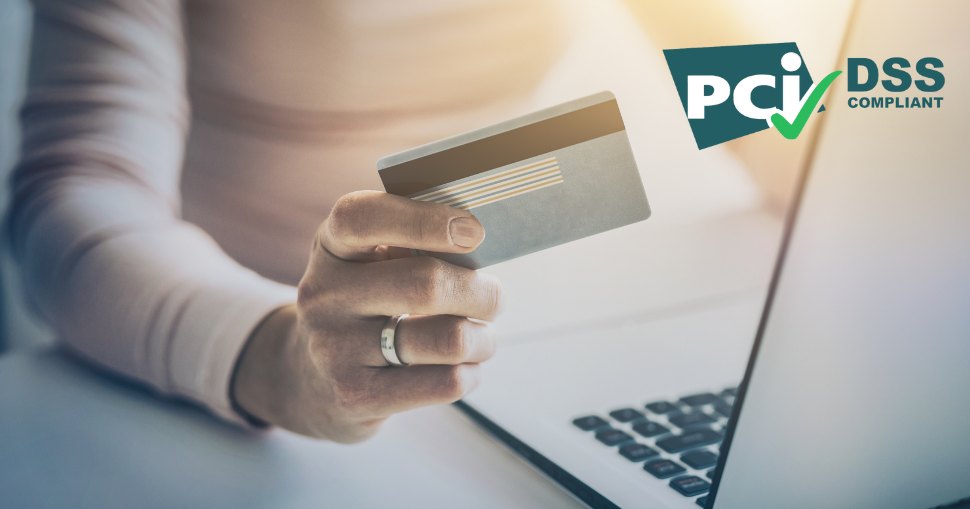Chargebacks aren’t just a business concern; they affect everyone involved in the transaction process.
In 2023, the global financial burden of chargebacks reached an estimated $117.46 billion. For merchants, the cost per chargeback averaged around $191, which can quickly add up, impacting both relationships and profitability.
Let’s dive into the impacts of chargebacks on both a merchant and customers and how you can mitigate them.
Why Chargebacks Matter
Chargebacks occur when a customer, after receiving a product, contacts their bank to reverse the transaction. The bank then pulls funds from the merchant’s account, impacting the merchant significantly. For a deeper dive into the specifics of chargebacks, check out our detailed exploration of the subject here.
Common Causes of Chargebacks
The most prevalent reasons for chargebacks include fraudulent activities, product issues, and billing discrepancies. Fraudulent activity accounts for nearly a third of all chargebacks. Customers also frequently report issues such as non-receipt of products, receiving the wrong items, or items that do not meet their expectations. Billing errors, like being charged multiple times for the same product, are also a common trigger.
Understanding these reasons can help merchants implement more effective preventive measures.
Proactive Chargeback Management for Merchants
Responding effectively to chargebacks is crucial:
- Know Your Contract: Understand the terms of your merchant services agreement to know your rights and obligations.
- Engage Customers Directly: Resolving disputes directly can prevent chargebacks and help maintain customer relationships.
- Respond Promptly: Quick action can protect your cash flow and gather the necessary evidence to support your position.
For more strategies on combating chargebacks, visit our blog on 9 Ways E-commerce Merchants Can Combat Chargebacks.
Mitigating Chargebacks with Truevo
Truevo offers advanced tools to effectively manage chargebacks, including real-time transaction monitoring and customer verification technologies. We provide excellent 3D secure transactions as well as customer service that’s there for you when chargebacks and disputes happen.
Understanding the Customer Perspective
Customers may initiate chargebacks for various reasons, often due to dissatisfaction with a product or service. By improving customer service and providing clear product descriptions, you can reduce misunderstandings and enhance customer satisfaction. Effective communication is key to converting potential disputes into positive outcomes.
How Chargebacks Impact Customers
Chargebacks can significantly affect customers by:
- Financial Implications: Temporary holds on funds can affect their available balance.
- Credit Score Impact: Frequent chargebacks might lead to increased scrutiny from credit issuers.
- Convenience and Trust: The chargeback process can be frustrating and diminish trust in merchants.
- Account Restrictions: Multiple chargebacks might lead to increased security measures or account closures.
Understanding and addressing the causes and consequences of chargebacks can help you build stronger relationships with your customers and improve your operational stability. At Truevo, we’re dedicated to providing you with the tools and support needed to manage and mitigate chargebacks efficiently. Speak to our team today to learn more about our solutions and how we can help your business thrive.
FAQ’s
Q: How do chargebacks differ from refunds?
Chargebacks and refunds both involve returning funds to the customer, but they are initiated differently. Refunds are issued directly by the merchant when a customer returns a product or is dissatisfied with a service. Chargebacks, however, are initiated by the customer through their bank and can happen without direct communication with the merchant.
Q: Why do chargebacks cost so much for merchants?
The cost of chargebacks for merchants includes not only the refunded amount but also additional fees charged by banks, lost merchandise, administrative costs related to dispute resolution, and potential penalties. These costs accumulate, making chargebacks significantly expensive compared to regular refunds.
Q: What specific measures can merchants take to prevent chargebacks?
Merchants can reduce chargebacks by using clear and descriptive product information, providing excellent customer service, having transparent billing practices, and using fraud detection tools. Implementing secure payment technologies like 3D Secure can also help verify transactions and prevent fraudulent chargebacks.
Q: How can frequent chargebacks affect a customer’s credit score?
While chargebacks themselves do not directly impact a customer’s credit score, frequent chargebacks could lead to increased scrutiny from credit issuers and likely account closures.
Q: What is chargeback fraud, and how can it be prevented?
Chargeback fraud, also known as “friendly fraud,” occurs when a customer makes a purchase with their credit card, receives the product or service, and then requests a chargeback from the bank falsely claiming the transaction was unauthorised or that they never received the item. To prevent chargeback fraud, merchants can implement stringent verification processes for transactions, keep detailed records of customer interactions and deliveries, and use secure payment environments. Additionally, clear communication and swift resolution of any disputes can discourage customers from fraudulently claiming chargebacks.
Disclaimer: This content has been written for informational purposes only. It should not be construed as legal or business advice.



